What is the blue-throated macaw?
What is the blue-throat macaw?brilliantly color plumage makes the blue-throat macaw, a member of the parrot family and one of at least 17 macaw species, hard to miss. Its chest, belly, legs, and under-wing area are bright yellow, with golden swoops extending on both sides of its turquoise throat. Its wings and head are also blue. Blue and white stripes surround its eyes, which are separate from its strong, curve beak
Read More →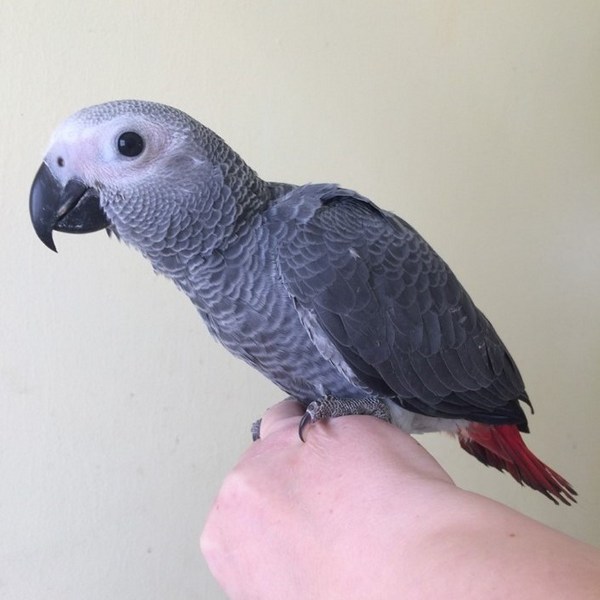
African Grey Parrots –
There’s a reason why the African grey is often considered the poster bird for parrot intelligence — not only is this bird inclined to amass a large vocabulary, African greys also demonstrate an aptitude for recognizing the meaning of words and phrases. African greys need plenty of toys that challenge their intelligence, such as foraging and puzzle toys. Nutri-Berries by Lafeber Company are perfect for forag
Read More →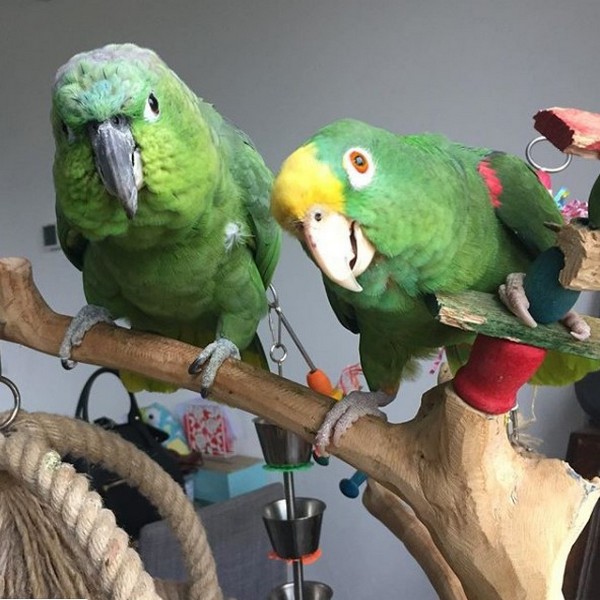
Amazon Parrots – Care & Feeding
Most Amazon parrots love to bathe; and bathing opportunities can include joining their owner in the shower, getting a spray bath, or jumping in their water dish and splashing water all about. Bathing is an important part of an Amazon’s feather health. Because of their love of food and their habit of begging for table foods from their owners, Amazon parrots tend to tip the scales toward being overweight. An Amazon
Read More →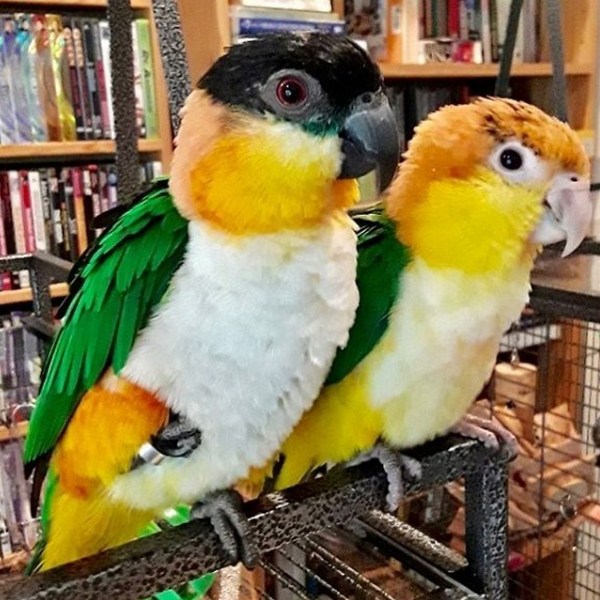
Caiques – Care & Feeding
Though the caique is a medium-sized bid, it needs a large environment. This energetic bird will suffer greatly from being confined to a small cage. Think about building a small aviary if you can, or at least provide your caique with the largest housing you can afford. Make sure that the bar-spacing is appropriate for a bird of its size and that there’s a grating on the bottom of the cage. This playful bird will di
Read More →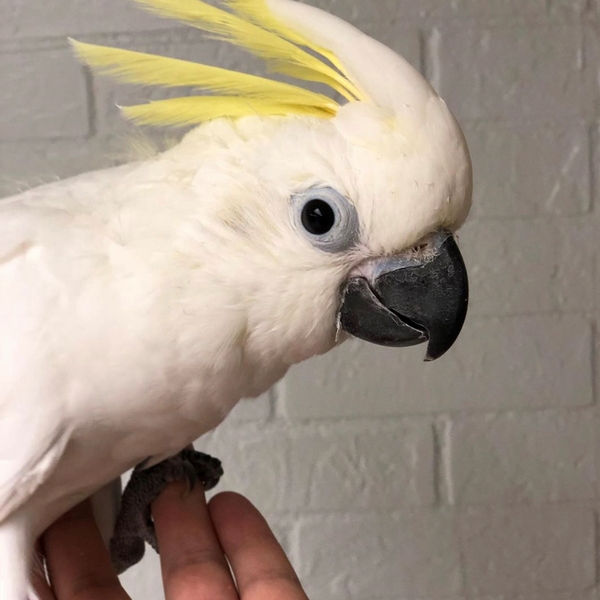
Cockatoos – Care & Feeding
A cockatoo needs a well-constructed cage to not only prevent it from escaping but to prevent the bird from destroying it. A pet cockatoo will need a steady supply of appropriate items to chew and destroy. Cockatoos tend to be needier than other pet parrot species and an owner should set boundaries early on, otherwise the bird might scream for attention. A cockatoo new to the home should not be showered with non-stop
Read More →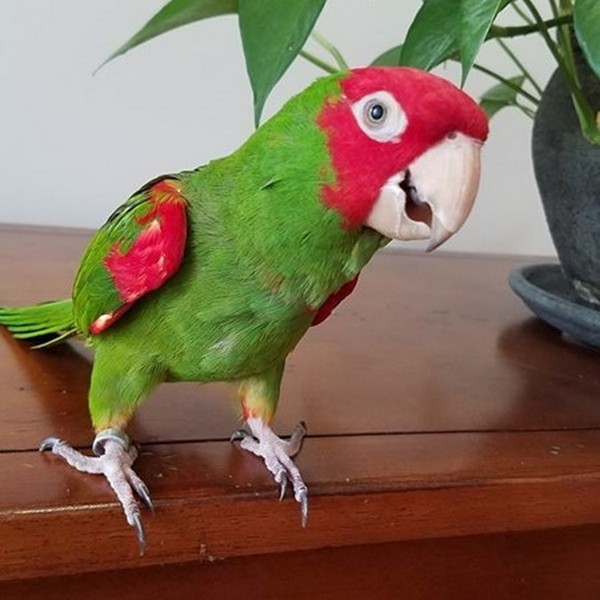
Conures – Care & Feeding
Conures are active birds and need a spacious cage to move about and to accommodate toys. A minimum cage size for a conure is 36 inches long, 24 inches wide, and 24 inches high. Conures generally love to bathe — in their water dish, in the shower with their owner or via a spray bath. A conure’s diet should include a nutritionally balanced manufactured diet, supplemented with fresh vegetables, fruit and healt
Read More →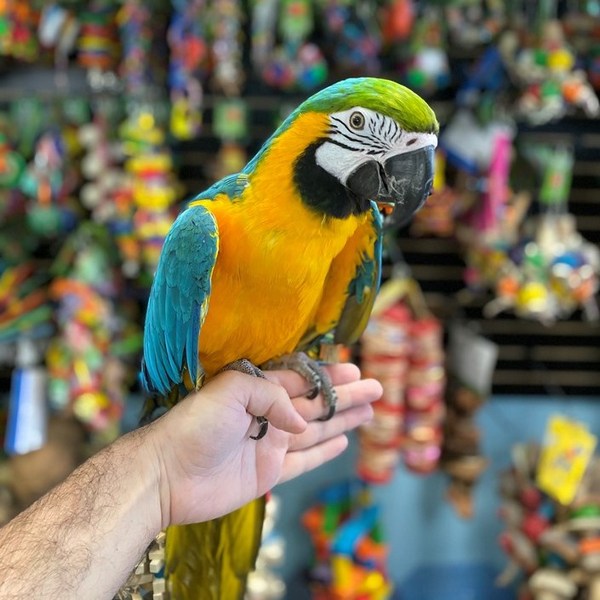
Macaws – Care & Feeding
A macaw needs a cage tall enough to prevent its tail feathers from hitting the cage bottom, which can cause the tail feathers to bend or break. Overall, a macaw needs a much larger cage and play stand than other parrot species, so a potential owner should take space considerations into account. In their natural habitat, macaws feed on native seeds, fruits, flowers, leaves, palm nuts, figs, nectar, and, in some
Read More →
Cockatiels – Care & Feeding
A cockatiel needs a cage spacious enough to accommodate multiple perches, toys, food bowls and have plenty of room to flap its wings without hitting them against anything. A cage with a large door front is ideal because it makes it easier to return a cockatiel to its cage, especially since cockatiels can be flighty birds. Cockatiels are natural ground foragers and will forage on the bottom of the cage if given
Read More →
Recent Comments